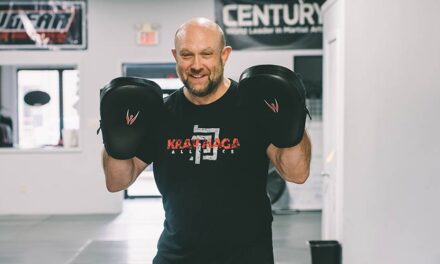November is Lung Cancer Awareness Month, and for people with certain risk factors, it’s a good time to consider screening for this serious disease.
At Regional One Health, we help patients achieve better outcomes by catching problems early through screening and offering treatment from doctors specializing in lung cancer care. Here’s what patients need to know about when to screen and how it can lead to better treatment.
How does lung cancer screening work?
In our Imaging Center, we help patients determine if they meet the criteria for screening based on several risk factors.
If you are between the ages of 50 and 80 and have smoked one or more packs of cigarettes a day for 20 years, you may be eligible. You may also be eligible if you are a former smoker in this category but quit in the last 15 years.
A family history of lung cancer can qualify you for screening, as can exposure to environmental hazards like asbestos and radon.
Screening is easy and usually only takes a few minutes. No special preparation is needed, and you can resume normal activities immediately after your test.
The test is called a Low-Dose Computed Tomography (LDCT) scan. You’ll lie on a table that slides in and out of a CT machine. The CT takes detailed images of your lungs.
Our radiologists review these for unusual spots or nodules and any other changes, and then we consult with you about any additional testing or treatment you need.
Screening means better treatment and outcomes
As a medical oncologist, I typically see patients shortly after they have received a lung cancer diagnosis. Screening is an excellent tool in helping develop the optimal treatment plan.
Screening gives us a lot of information about your cancer. An LDCT scan can provide details on the size and location of the tumor and the potential for the cancer to spread. We use this information to plan the most effective treatment for your specific needs.
By detecting cancer early, screening can lead to better outcomes and less aggressive treatment.
For patients with stage 1 or 2 lung cancer, surgery to remove the tumor is often the primary treatment. Depending on the cancer’s stage and characteristics, systemic therapies like chemotherapy or immunotherapy may be administered before (neoadjuvant) or after (adjuvant) surgery to improve outcomes and reduce the risk of recurrence.
Sometimes, surgery is not an option due to a patient’s weakened condition or other health factors. An alternative approach involves using high-dose radiation that can effectively target and destroy the tumor with minimal impact on the surrounding tissues. This option particularly benefits patients who are not candidates for surgery but still require definitive treatment.
Our goal is to provide personalized care based on the patient’s overall health and the specifics of their cancer stage.
When lung cancer is stage 3 or 4 and has spread, treatment is more complex; often, a combination of chemotherapy, radiation, and targeted therapies to try to slow the growth of cancer.
LEARN MORE!
If you are at high risk for lung cancer, talk to your provider about screening.
Regional One Health offers LDCT testing at our East Campus Imaging Center, 6555 Quince Rd., and Main Campus Imaging Center, 880 Madison Ave. For appointments at the East Campus, call 901.515.3600. For appointments at the Main Campus, call 901.545.6969.
By Bilawal Ahmed, MD
Medical oncologist Bilawal Ahmed, MD, sees patients at Regional One Health Cancer Care, 880 Madison Ave. For appointments, call 901.515.HOPE (4673).







